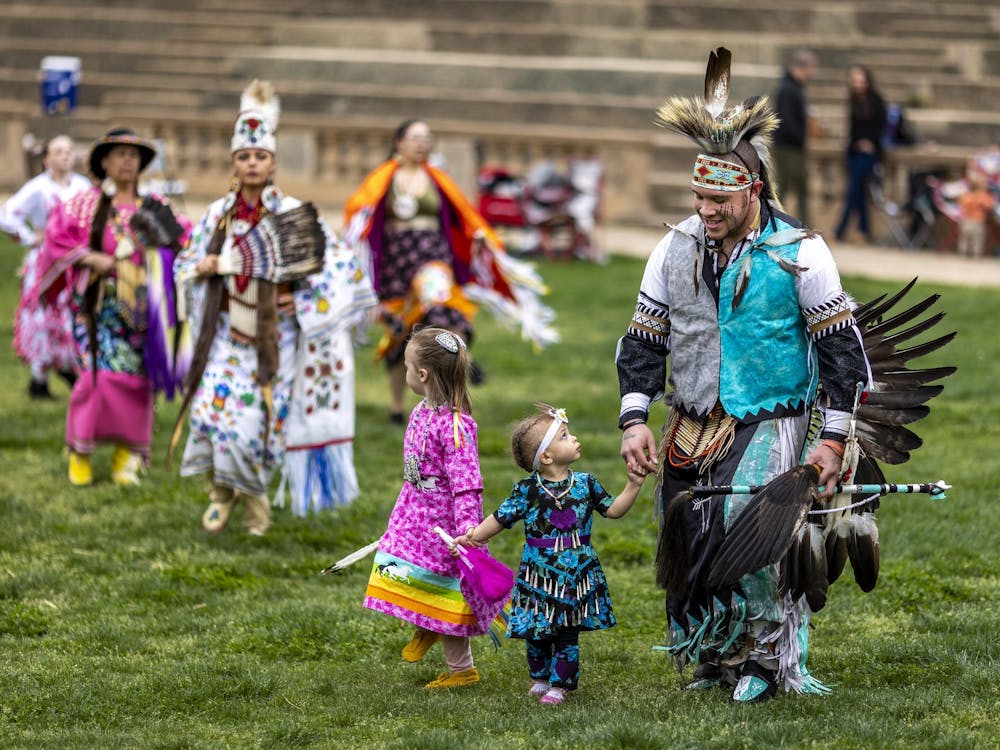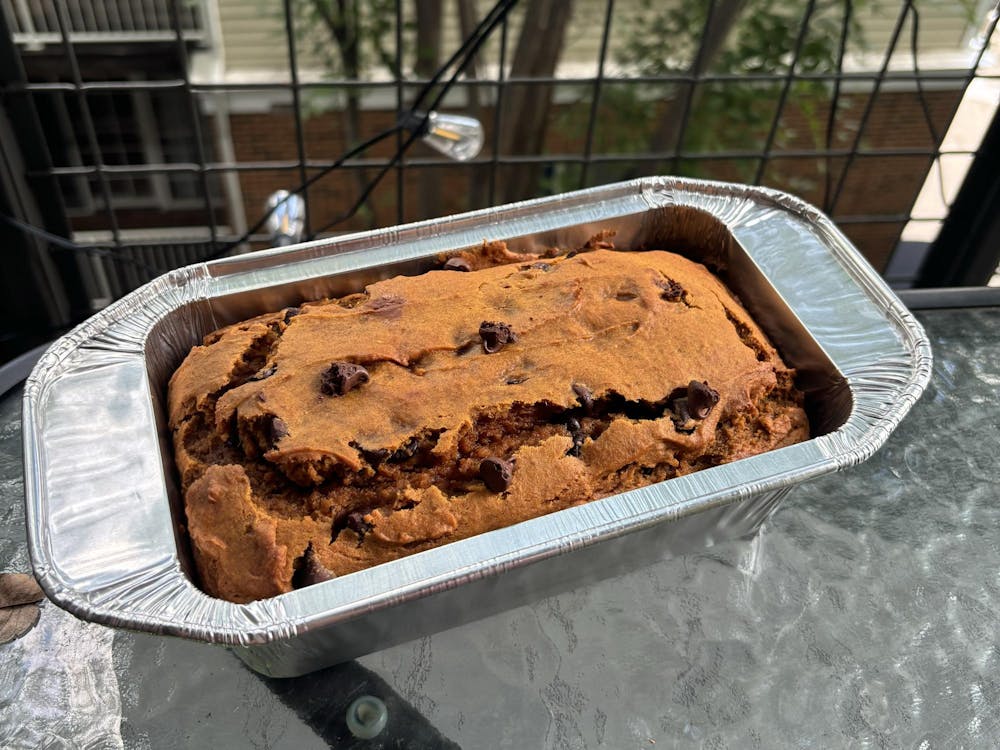In my last six years as a Facebook user — yes, that is my subtle way of saying: “I had this in 2006 when I was a freshman in high school. Walls didn’t even exist yet. Get on my virtual level.” — I have always been extremely wary of finding out who my “top” stalkers are. Every few months or so, tantalizing graphics float around the space with directions on how to finally figure out which random dude from first year looks at your profile way more than he should.
Maybe because it involves typing “cntrl acciostalker” or perhaps because it says, “Go to www.dirtythings.com to find out everything you ever wanted to know about your Facebook viewership … and more,” but I have never bought into these promises of stalker enlightenment. But as I was stalking a reputable Facebook source during a typical bout of procrastination — who knows, maybe I am a “top” stalker of said individual — when I saw an unexpectedly legitimate graphic on how to pinpoint your stalkers.
Despite my creeping anxiety that following these directions would infiltrate my computer with a virus or actually lead me to dirtythings.com, I persisted in the endeavor. Lo and behold, the system worked. All I had to do was enter a numbered series at the end of the normal Facebook link, and I would meet my stalker Facebook-to-Facebook.
I had been in an important interview earlier that day, but my earlier nervousness for, oh, you know, determining my foreseeable future was nothing compared to what I felt before I pressed “enter” to reveal my number one.
Assuming this formula actually worked to reveal my top profile views instead of people with whom I have the most pictures or wall posts, there was a noticeable trend in my top four viewers. They were not all gorgeous guys who love me too much to say anything, as you might have assumed, and they were not even best friends from high school. Instead, my top viewers were all, in one way or another, my family.
My little in my sorority and in the University Guides — a sister of sorts in two families of sorts — takes the cake for number one stalker. I have not told her this yet, so I hope she is not ashamed of this anything-but-embarrassing statistic. In fact, she probably does not even read my column, so she may never find out. Anyway, Julia looks at my profile I want to say about 3,000 times an hour. This makes total sense, though, considering that we take “family” pictures together at any special occasion — basically, any night out together — and post them on Facebook. In fact, Julia has commented on every one of my profile pictures: the good, the bad, and the particularly ugly one of me riding a fake horse during my sophomore year in high school — mental note: delete that picture immediately. This Facebook relationship makes complete sense, considering that she and I have intertwining lives at the University.
But what about the next stalkers? They are my “real” family: my mom, twin brother and my older brother. We made my mom a Facebook for Mother’s Day, with the explicit understanding that she would use it solely to keep up with her kids. The fact she recognized about 15 people at Parent’s Formal because, “Oh! She’s in a lot of your tagged pictures! Did she dress as a Dalmatian for Halloween?” speaks to her continued stalker status.
Considering these aspects, it is logical that my family comprises my stalker foundation. But these are also the people I interact with the most on a day-to-day basis. I call home every other five minutes, especially walking to and from class, and I see my little practically everyday. Why do these people, the ones with whom I have a real connection, exploit the virtual one we share? This made me realize that Facebook is not a way to keep up with old friends so much as it is a means to deepen real, tangible relationships. Facebook, looking based on this viewership trend, is just another way to check in and say you care. And really, who else does that as well as family?
Elizabeth’s column runs biweekly Wednesdays. She can be reached at e.stonehill@cavalierdaily.com.




